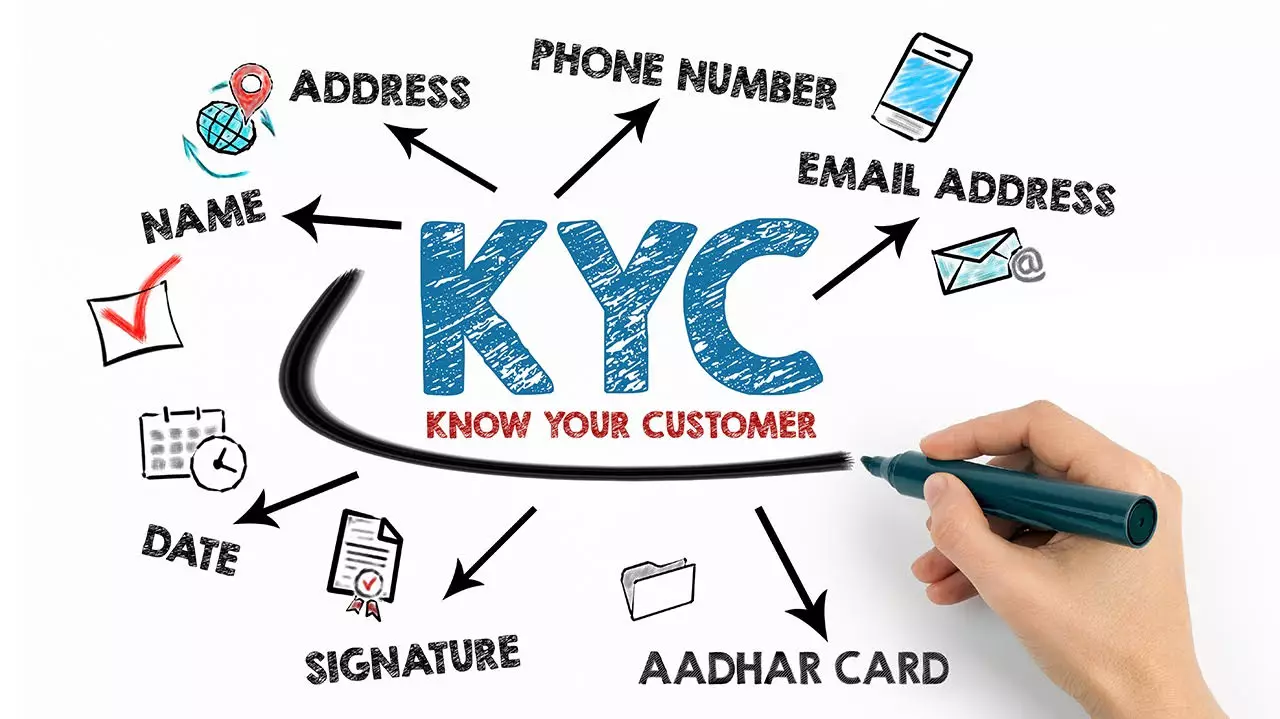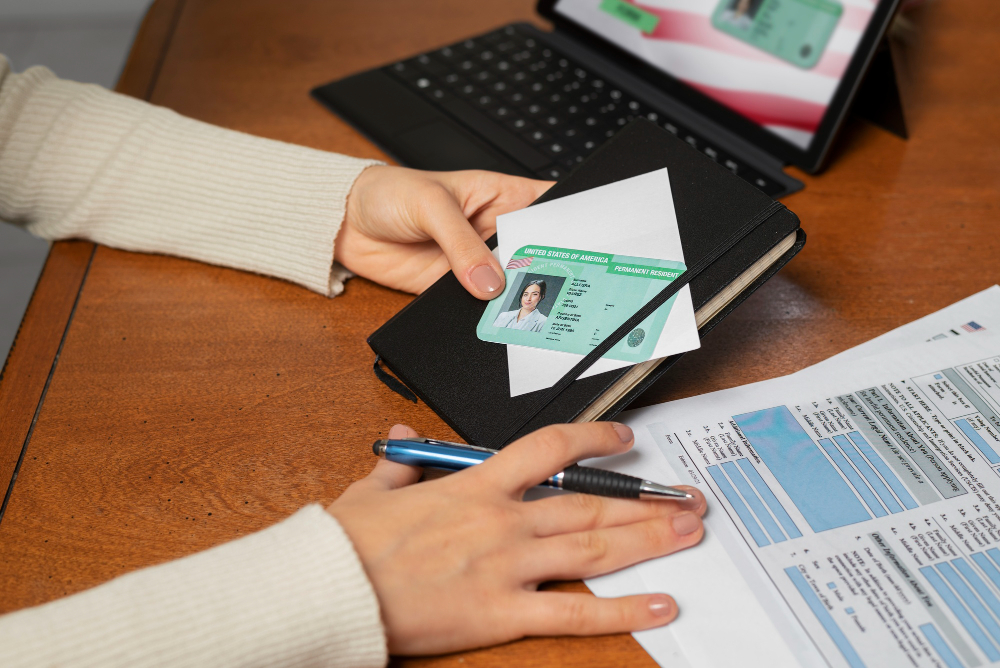To verify a customer’s identity, businesses rely on the Know Your Customer (KYC) checklist as a standard procedure. It is a set of standards for almost every institution that deals with money, including financial industry participants, fintech companies, digital businesses, and compliance offices.
KYC typically involves a complex process of ensuring clients’ identities and evaluating their potential risk. This article guides businesses through the KYC process, including required documents, steps, and compliance essentials.
Key Takeaways:
- KYC is a verification identification kit that is commonly used in the financial sector and regulated businesses.
- The business should prove the customer’s identity and address through accepted documents.
- Businesses should comply with KYC law to preserve themselves and their customers from potential fraud.
What is Know Your Customer?
According to Investopedia, Know Your Customer (KYC) refers to an ethical practice that occurs during account opening and ongoing maintenance.
The Know Your Customer checklist can prevent businesses from financial crimes, mitigate risks, and build trust with customers. By verifying customer identities, businesses can also streamline processes, like onboarding, and enable compliance with regulations.
Know Your Customer Format

The illustration KYC document (Source: Your Loan Advisor)
The KYC includes important aspects aimed at ensuring the transaction’s security and legitimacy. It typically needs the customer’s data, such as name, date of birth, nationality, father/spouse’s name, contact details, and occupation information.
Then, businesses often go through the specific identification documents to make a seamless verification. While the requirement varies based on the institution, the common KYC format is as follows.
- Proof of Identity (POI): For KYC identity verification, various government-issued documents are typically accepted as proof of identity. These include a passport, a driving license, a national ID card, and a voter ID.
- Proof of Address (POA): Common proof of address documents might be a utility bill, bank statement, or valid rental agreement showing the customer’s current residential area.
- Additional relevant information: Depending on the institution and the risk level, additional information, such as source of income, PAN card, and declaration documents from professional bodies, may also be collected.
Also Read : Beginner’s Guide to Wallet Address in Cryptocurrency
How to Do a KYC Checklist?

Business screening the KYC checklist (Source: Freepik)
Businesses must undergo a proactive Know Your Customer checklist approach to avoid potential legal and financial repercussions as well as enhance their reputation. To make an effective KYC process, here are some strategies to consider.
1. Collecting the Customers’ Basic Information
Companies first collect core personal information directly from the customer at the time of account creation, onboarding, or during updates. Here, businesses display a KYC form requesting necessary personal data via an online version or a paper-based form.
For online forms, businesses can embed the Know Your Customer verification through a secure KYC website, mobile apps, or portal. Businesses can provide a section for uploading scanned copies or photos of ID/address documents to match with users’ data.
Then, businesses can also provide physical KYC forms to be filled out manually by the customers and ask them to submit physical copies of supporting documents.
Also Read : How to Make Money From TikTok (13 Secret Strategy)
2. Verifying the Documents
In this way, businesses can ensure the Know Your Customer checklist is authentic and valid. For manual document verification, business staff can physically examine the ID for authenticity and match the details on documents filed in the KYC form.
For online document verification, businessmen can establish optical character recognition (OCR), liveness detection, and face matching to ensure the person presenting the ID is the real owner.
3. Assign Risk Assessment
Once the document verification is completed, the business can check the customer against its risk profiles and determine the appropriate level of due diligence. This means the business assigns clients’ risk categories ranging from low to medium to high levels.
If the KYC checklist is clear, the business can proceed with approval. If there are issues, the business can reject the application or request additional documents.
Also Read : 10+ Best Marketing Tools for Online Business That Help a Lot
How Businesses Deal With KYC Regulations
Generally, businesses must adhere to specific KYC laws and regulations in the relevant jurisdiction. In the United States, businesses should comply with the KYC checklist under the Bank Secrecy Act (BSA) and the USA PATRIOT Act by implementing solid procedures to prevent money laundering and terrorist financing.
In this section, businesses must verify the identity of any person seeking to open an account and monitor their financial transactions to prevent suspicious activity. It requires a robust Customer Identification Program (CIP), a solid Customer Due Diligence (CDD), and ongoing monitoring methods.
However, if a business identifies an irregularity in Know Your Customer (KYC) procedures, it’s obligated to file a Suspicious Activity Report (SAR) with the Financial Crimes Enforcement Network (FinCEN).
Also Read : How to Upload Font to Canva? Here’s Fast Way For You!
Know Your Customer Checklist is Super Important!
Know Your Customer is not just about ticking; it’s about building a secure and legally sound business in the world of finance. While implementing a KYC can add steps to the onboarding process, businesses can improve service delivery to customers and ensure robust compliance with anti-money laundering (AML) laws efficiently.




